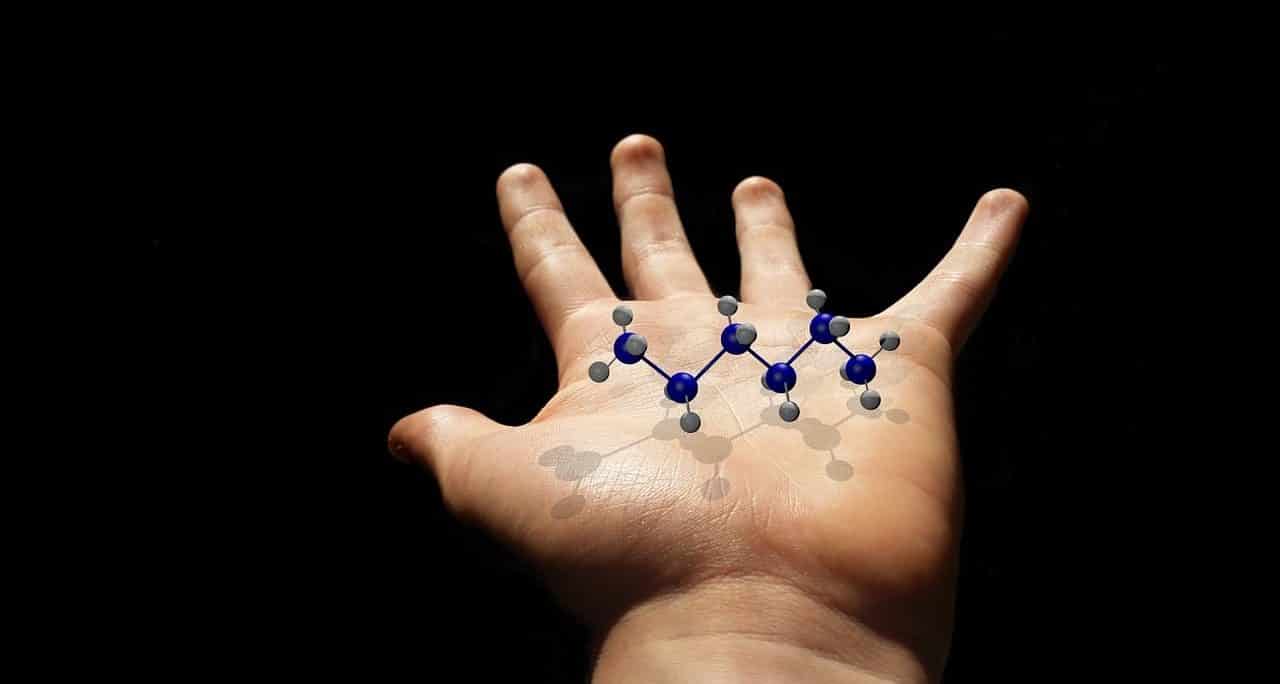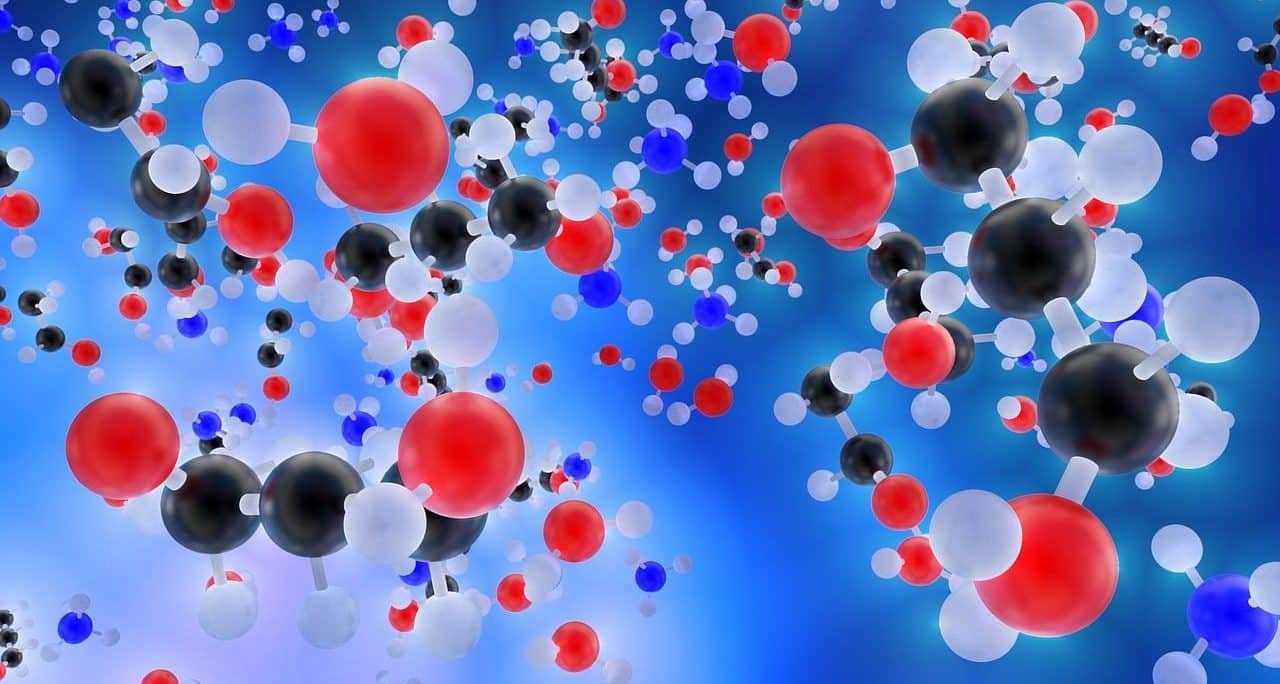
Adsorption is the process and result of adsorbing.
Types of adsorption
Through adsorption, one body manages to capture the molecules of another and keep them on its own surface. In this way, adsorption differs from absorption , where molecules penetrate its surface.
Adsorption can be carried out in different ways, according to the bond established by the adsorbate and the adsorbent . Let's see below the three types of adsorption that are recognized, taking into account the attraction that exists between the two components just mentioned as a parameter to determine the classification :
- Physical adsorption : this is that which takes place due to Van der Waals forces or interactions, a concept of physical chemistry that refers to the forces of attraction or repulsion that exist between molecules, or between different portions of one. These forces are different from those that occur by an intramolecular bond or by the electrostatic interaction of neutral molecules with ions, or of several ions with each other. In the case of physical adsorption, the adsorbed molecule is not fixed to a particular point on the surface , and for this reason it has complete freedom to move at the interface.
- Chemical adsorption : it takes place when the formation of strong bonds by the adsorbate occurs in the active centers of the adsorbent.
- Adsorption by exchange : just as it occurs in the vicinity of a charged electrode, this type of adsorption occurs when, due to the electrostatic attraction at the charged points on the surface, the ions of a substance concentrate on it.

There are different types of adsorption.
Your applications
As a summary, it can be said that adsorption causes the formation of a gaseous or liquid layer on the surface of a solid, or a gaseous layer on the surface of a liquid, which is generated when molecules that are in a certain phase They are retained on the surface of the body.
The principles of adsorption are applied in very different areas. In the world of industry , one of its most popular uses is to use it to extract moisture from compressed air. To do this, the compressed air is passed through a bed of some material that manages to generate adsorption before the water molecules (this can be carried out with active alumina , for example).
To saturate the bed, the air or gas must be subjected to a certain pressure , so that the bed molecule adsorbs the water molecule. On the other hand, its regeneration involves releasing the compressed air to the outside and allowing a current of pre-dried air to pass through the bed. Typically, adsorption dryers are developed that consist of two columns: one adsorbs while the other is regenerated by the dry air from the first.
Adsorption is also used in the following processes : water purification; removal of odors, colors or flavors in certain products such as sugar syrup and oils, to meet industry standards; wastewater treatment, which involves different biological, chemical and physical actions to get rid of contaminants that result from human use; air drying; removal of moisture in fuels.
Adsorption is also applied to obtain nitrogen , and to do so, compressed air is allowed to pass through the adsorbent bed.
